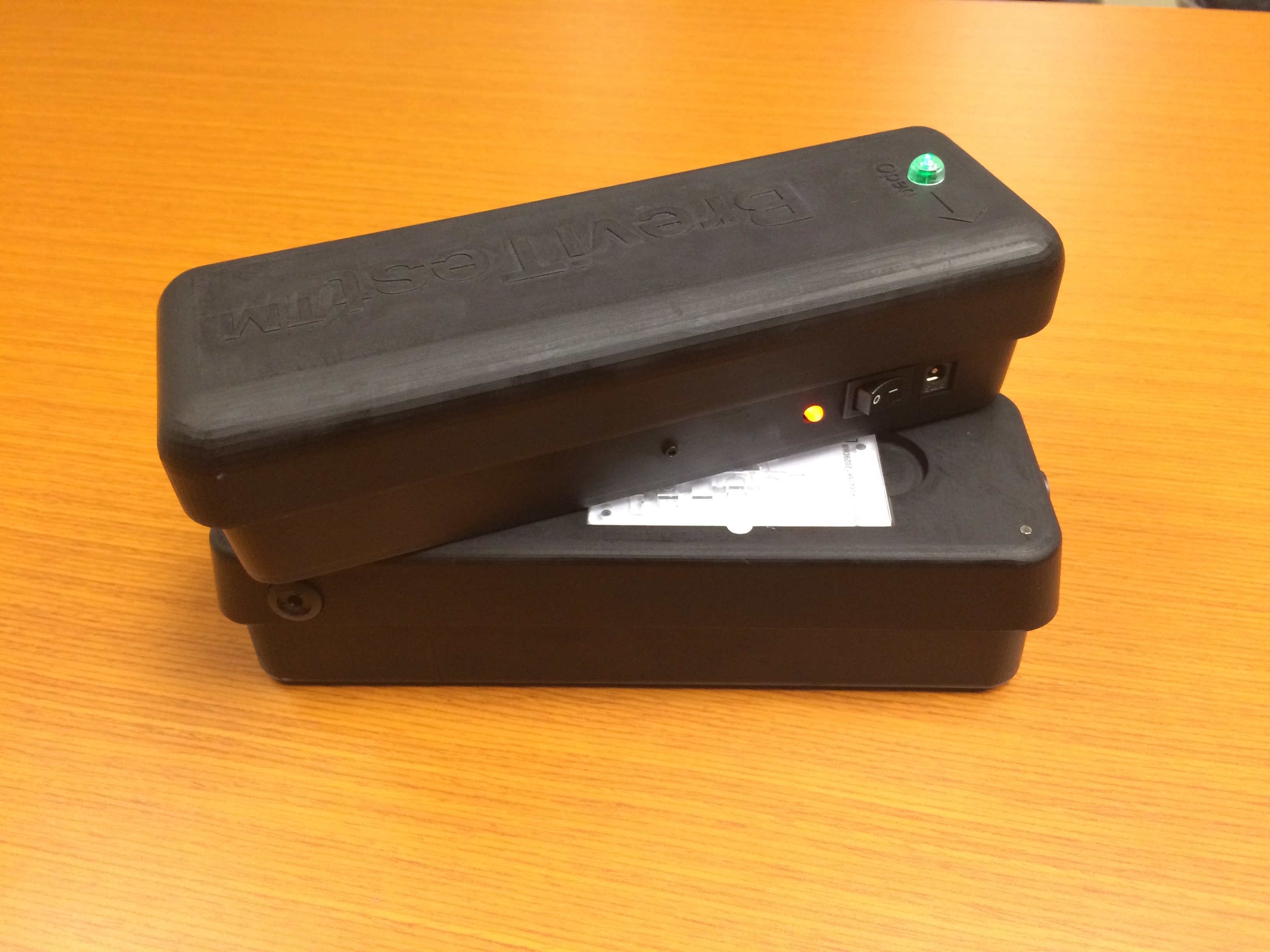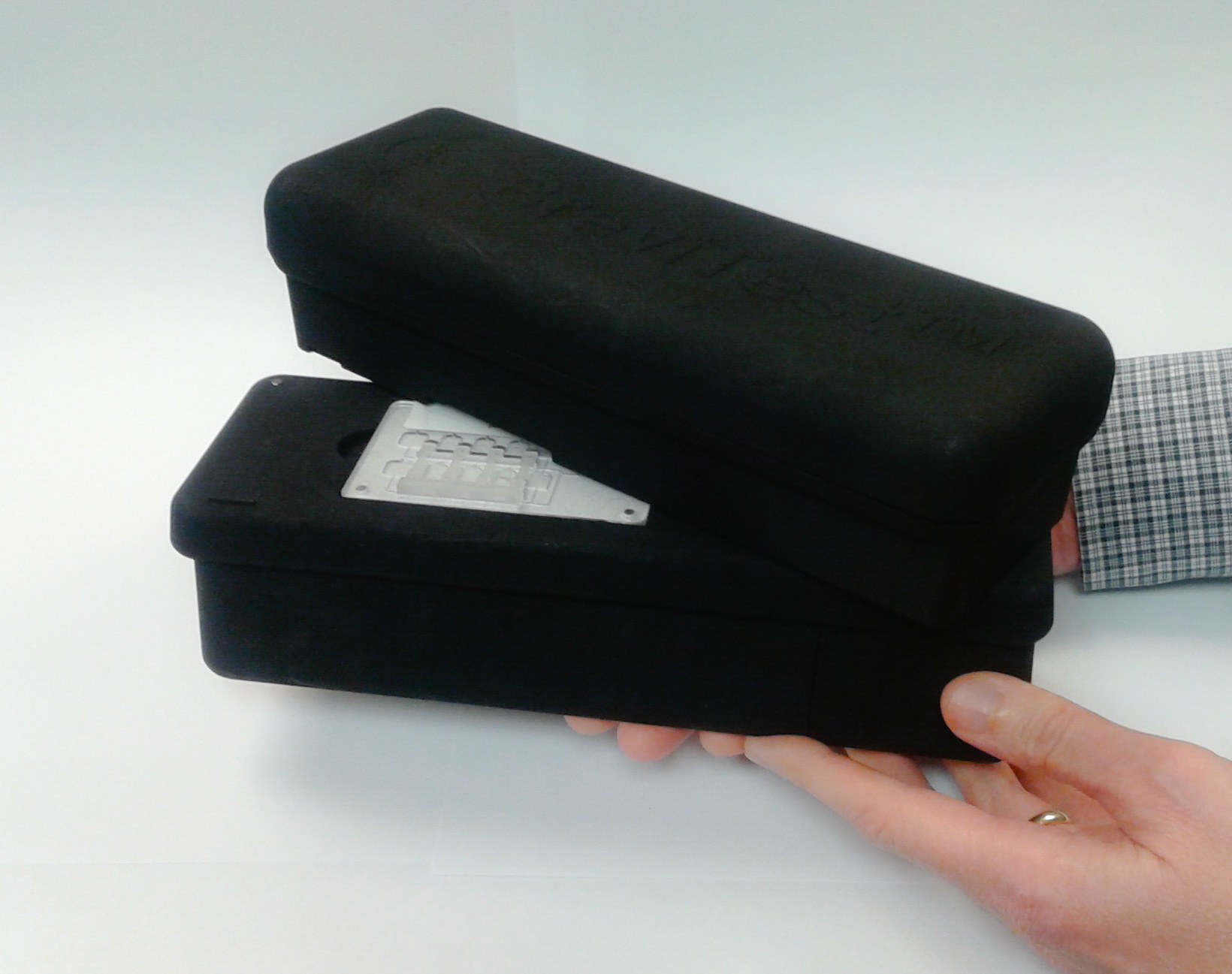The lack of immediate, onsite testing methods to determine present cannabis intoxication leaves employers, law enforcement agencies and substance abuse clinicians to extrapolate intoxication from historical use and typically through blood or urine analysis. As American support to legalize marijuana soars, the rush is on to develop portable devices for instant cannabis testing.
Companies such as device startup Hound Labs and Lifeloc Technologies, manufacturers of portable breath alcohol testers, are hoping to be first to market with a “pot breathalyzer.” To accelerate its development of a marijuana breathalyzer, Lifeloc received a three-year grant from the Colorado Office of Economic Development and International Trade. The federal government is also supporting such efforts.
The National Institute on Drug Abuse’s (NIDA) Intramural Research Program conducted a 2014 clinical trial using the Swedish-developed SensAbues breath test device and affirmed that roadside breath testing for recent marijuana use is feasible. By blowing into the SensAbues device, marijuana metabolites are captured on a polymetric filter pad, which is then sent to a lab for screening using mass spectrometry.
Further supporting its drug research mandate, NIDA just this month awarded Houston-based BreviTest Technologies with a $234,400 grant to optimize its portable analyzer, capable of performing a rapid enzyme-linked immunosorbant assay (ELISA) test, for curbside THC testing of saliva.

Prototype of the BreviTest device
“At the point of care, lateral-flow immunoassays are used, but they generally have lower sensitivities than ELISAs and are not useful where quantitation is required,” said Dev Chatterjee, PhD, cofounder of BreviTest.
The company’s analyzer uses a liquid handling strategy of a discontinuous microfluidics cartridge to achieve a highly sensitive and accurate measurement of analyte concentration within a 10-minute run time. Engineers have miniaturized the process into a wireless and cloud-capable device that is capable of performing, analyzing and securely documenting each individual ELISA through a smartphone or tablet interface.
A small amount of sample is loaded into a disposable plastic cartridge that uses an arrangement of sequential air-liquid interfaces to separate fluidic compartments, and a robotic mechanism controls the movement of antibody-conjugated magnetic nanoparticles through successive fluid wells. Within each reaction well, the magnetic nanoparticles are moved in a raster pattern to enhance mixing, substantially reducing the time required for each ELISA step. This innovative approach enables the implementation of a rapid, portable, fully automated ELISA test with accuracy comparable to a standard laboratory ELISA.
In collaboration with Cayman Chemical Company (Ann Arbor, MI), BreviTest is developing its portable analyzer to accurately test THC levels in a variety of settings such as use by law enforcement during impaired traffic stops, by legal consumers to determine driving limits and for industry testing of cannabis potency.
Unlike testing in clinical laboratories, which can take several hours and requires expensive equipment and experienced technicians, BreviTest’s point-of-care technology can perform tests in the field in less than ten minutes using customizable cartridges and established chemistries.
“The limitations of current THC testing require urine or blood samples. Given the recent wave of legislation to legalize marijuana, there’s an urgent need to establish testing methods that can be done in minutes at the curbside and with a simple swab of saliva,” said BreviTest’s Michael Heffernan, PhD, principal investigator on the project.

Testing of saliva is preferred both for its ability to predict cannabis intoxication, and on practical grounds. The Supreme Court has ruled warrantless blood draws at traffic stops to be unconstitutional, eliminating blood testing as a practical curbside testing option. Measuring THC in urine is complicated by the fact that THC metabolites remain in the body for weeks after its effects have worn off.
Standard urinalysis methods are not an accurate indication of current impairment. The ultimate goal for cannabis technology innovators is to limit detection to present intoxication much like the Breathalyzer.
In some states where marijuana use has been legalized, law enforcement can seek a warrant for a blood draw to test for THC, the main active ingredient in marijuana, when impaired driving is suspected. However, it can take weeks for results to come back from the lab.
There is still much research to be done to understand how certain factors influence the intoxication effects of marijuana, such as whether the individual is a habitual or infrequent user and whether the substance is ingested or smoked. Determining how much THC leads to driving impairment, and moreover, what constitutes illegal intoxication are still unknown.




